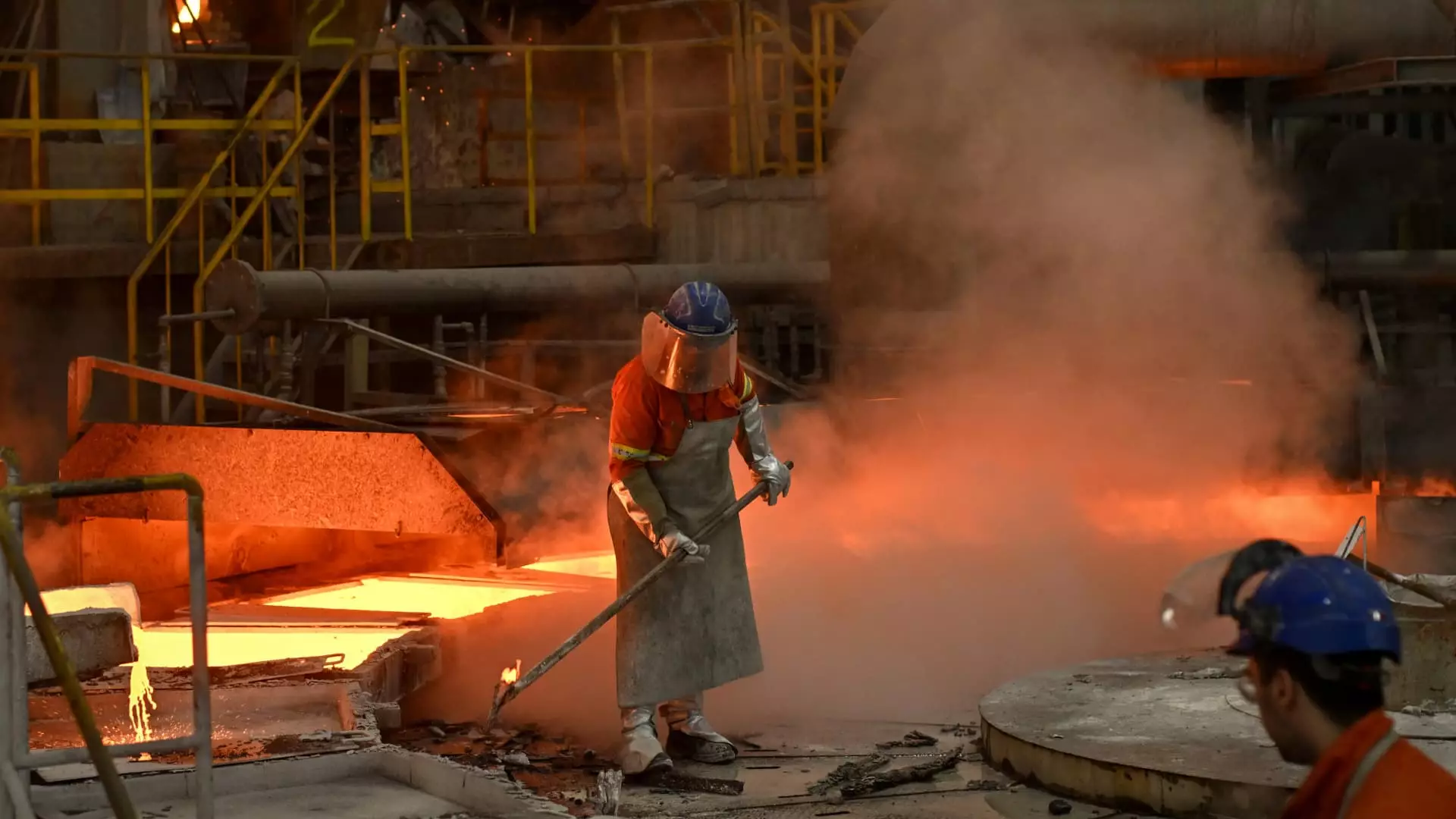As the CEO of the Norges Bank Investment Management (NBIM) warns, the current surge in energy and raw material prices could potentially have a significant impact on the inflation outlook. Nicolai Tangen expressed his worries about the implications of a commodities rally on end-product prices, which could lead to higher inflation rates. This is a major concern for investors as central banks struggle to combat inflation amid a volatile market environment.
The S&P GSCI index, which tracks global commodities, has experienced a 9% increase since the beginning of the year, surpassing the performance of the broader S&P 500 index. Prices of oil, copper, and gold have all seen double-digit percentage gains year-to-date, with gold reaching new record highs. The soaring commodity prices raise alarms about the potential spillover effects on inflation expectations, posing a challenge for central banks worldwide.
Norges Bank Investment Management oversees the Norwegian Government Pension Fund Global, the largest sovereign wealth fund in the world with assets totaling 17.7 trillion kroner ($1.6 trillion). Established in the 1990s to manage Norway’s oil and gas sector revenues, the fund has diversified its investments across more than 8,800 companies in over 70 countries. As a major investor globally, NBIM closely monitors market developments and economic trends that could impact its portfolio.
European Central Bank President Christine Lagarde has also acknowledged the influence of commodity prices on monetary policy decisions. With Euro zone inflation slowing to 2.4% in March, there are expectations of a rate cut in the near future. Lagarde emphasized the need for the ECB to closely monitor commodity price movements, as they have a direct and rapid impact on inflation. The market is anticipating policy adjustments from major central banks, based on inflationary pressures and economic indicators.
Market reactions to inflation forecasts vary, with traders adjusting their expectations for interest rate cuts in response to emerging data. While U.S. inflation remains around 3%, the probability of a rate cut in June is currently low, according to the CME Group’s FedWatch tool. Tangen highlighted the complexities of managing inflation expectations in the current economic environment, noting the various factors contributing to rising inflation rates. Geopolitical tensions, supply chain disruptions, climate-related impacts, and wage inflation are all factors driving inflation levels higher than anticipated.
The surge in commodity prices poses a significant challenge for central banks and investors globally. The potential impact on inflation expectations necessitates a cautious approach to monetary policy decisions, as market conditions continue to evolve rapidly. It is crucial for policymakers to remain vigilant and adapt their strategies to address the uncertainty created by rising commodity prices and their implications for inflation. The intricate balance between economic growth, price stability, and market volatility requires a comprehensive understanding of the factors influencing inflation dynamics in the current environment.


Leave a Reply